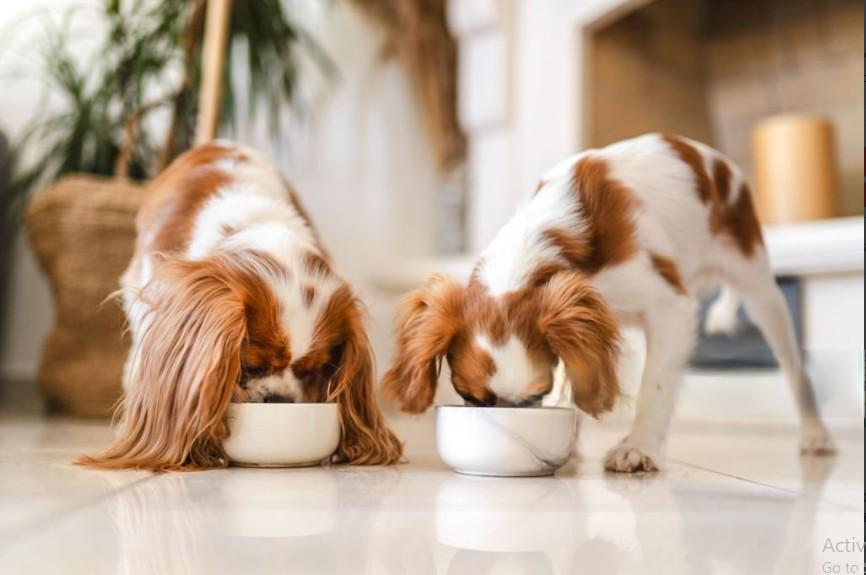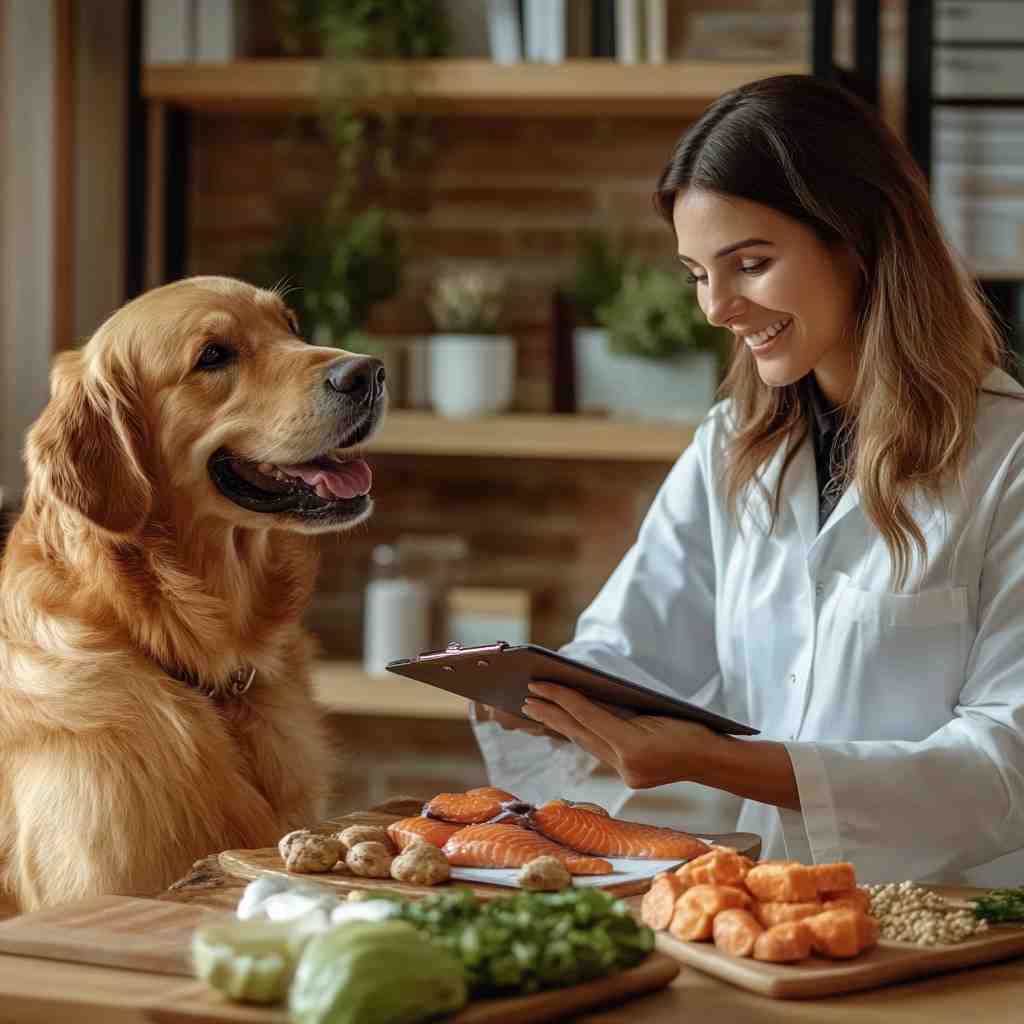As pet owners become more conscious about their dog’s health, many turn to homemade dog food as a healthier alternative to commercial options. That’s where vet-approved homemade dog food comes in—a balanced approach that ensures your dog gets all the essential nutrients while you maintain control over ingredients.
Dogs have specific nutritional needs, and feeding them improperly can lead to serious health issues. This manual addresses everything from the advantages and dangers to critical ingredients, sample recipes, and veterinarian tips.
Table of Contents
ToggleWhat Does "Vet-Approved" Mean?
“Vet-approved homemade dog food” means veterinarians or canine nutritionists have reviewed or formulated the recipes and nutrition plans. This ensures your homemade meals:
- Meet the Association of American Feed Control Officials’ (AAFCO) standards for complete and balanced diets.
- Provide proper ratios of proteins, fats, carbs, vitamins, and minerals
Note: Always consult your vet before starting a homemade diet.
Why Consider Homemade Dog Food?
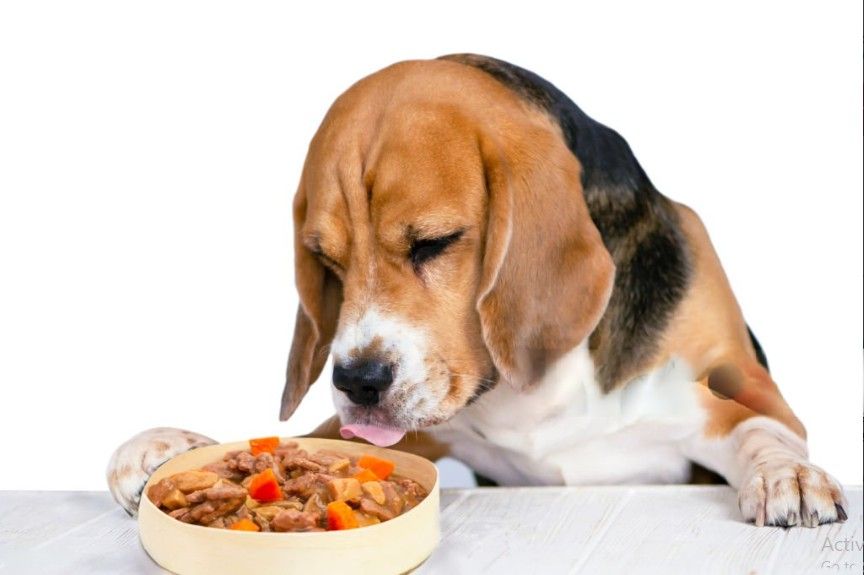
There are many reasons why pet parents switch to homemade diets:
1. Better Ingredient Control
With homemade dog food, you choose what goes in. That means:
- No preservatives
- No artificial colors
- No low-quality meat or fillers
2. Allergy Management
In case your dog suffers from any kind of food allergies or sensitivities, homemade meals allow you to eliminate common allergens like:
- Chicken
- Beef
- Wheat
- Corn
- Soy
3. Tailored Nutrition
Every dog is unique. Homemade meals can be customized for:
- Age (puppy, adult, senior)
- Weight and size
- Health conditions (like diabetes, kidney issues, or pancreatitis)
Nutritional Needs of Dogs
Since dogs are omnivores, they need a variety of :
| Nutrient | Function | Sources |
|---|---|---|
| Protein | Builds muscle, repairs tissues | Chicken, turkey, beef, eggs |
| Fat | Energy, healthy skin & coat | Fish oil, chicken fat, flaxseed |
| Carbohydrates | Energy, fiber | Brown rice, sweet potatoes |
| Vitamins | Immunity, bone health | Leafy greens, pumpkin |
| Minerals | Bone health, enzyme function | Bone meal, fish, supplements |
| Water | Vital for all bodily functions | Fresh, clean water daily |
Top Vet-Approved Ingredients
Here’s a breakdown of nutritious, vet-approved homemade dog food ingredients:
Proteins
- Lean ground turkey or chicken (cooked)
- Eggs (scrambled or boiled)
- Salmon (cooked, boneless)
- Organ meats (liver, kidney—in moderation)
Healthy Carbs
- Brown rice
- Quinoa
- Sweet potatoes
- Oatmeal
Vegetables
- Carrots
- Green beans
- Peas
- Spinach
- Zucchini
Fats
- Coconut oil (in moderation)
- Fish oil (omega-3s)
- Olive oil
Supplements (if needed)
- Calcium (crushed eggshell or bone meal)
- Multivitamins designed for dogs
- Probiotics (consult your vet first)
Foods to Avoid at All Costs
Some foods are toxic to dogs. Never include these in homemade meals:
- Onions and garlic (damage red blood cells)
- Grapes and raisins (can cause kidney failure)
- Chocolate and caffeine (toxic to the heart and nervous system)
- Avocado (contains persin, harmful to dogs)
- Raw dough or yeast
- Xylitol (an artificial sweetener deadly to dogs)
Vet-Approved Homemade Dog Food Recipes
Recipe 1: Chicken & Veggie Bowl
| Ingredients |
|---|
| 2 ½ pounds ground chicken (lean) |
| 1 ½ cups brown rice |
| 1 cup peas |
| 1 cup diced carrots |
| ½ cup spinach |
| 1 tbsp fish oil |
Cook rice according to instructions.
Cook the chicken in a pan until it is no longer pink.
Steam or boil carrots, peas, and spinach.
Mix everything in a large bowl.
Add fish oil once cool.
Recipe 2: Beef & Sweet Potato Delight
| Ingredients |
|---|
| 1 lb lean ground beef |
| 1 large sweet potato (boiled and mashed) |
| ½ cup green beans (steamed) |
| ¼ cup pumpkin (plain, canned) |
| 1 tsp ground eggshell (for calcium) |
Brown the beef in a skillet.
Boil and mash the sweet potato.
Steam green beans and mix all ingredients.
Sprinkle eggshell powder before serving.
Recipe 3: Fish & Quinoa Surprise
| Ingredients |
|---|
| 2 salmon fillets (boneless) |
| 1 cup cooked quinoa |
| ½ cup chopped zucchini |
| 1 tbsp olive oil |
Cook the quinoa.
Pan-fry or bake salmon, then flake.
Lightly sauté zucchini in olive oil.
Mix and let cool before serving.
How Much Homemade Food Should You Feed?
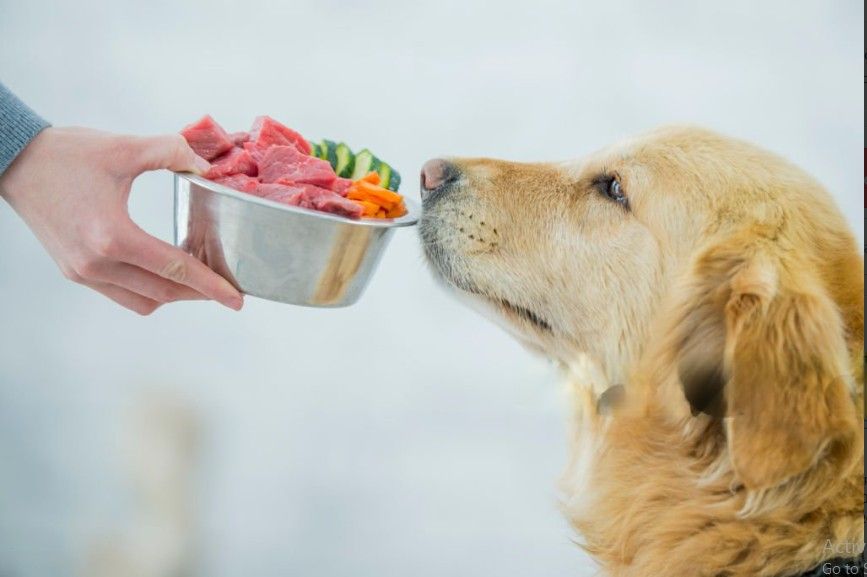
Portion sizes depend on weight, age, and activity level.
General Guideline:
- Dogs need about 2-3% of their body weight in food daily.
For example:
- 10 lb dog = 5 oz food/day
- 30 lb dog = 15 oz food/day
- 50 lb dog = 25 oz food/day
Tip: Split meals into two servings per day.
Storage Tips for Homemade Dog Food
- Refrigerate: Store in airtight containers for up to 4–5 days.
- Freeze: Pre-portion meals and freeze for up to 3 months.
- Thaw properly: Defrost overnight in the refrigerator—not on the counter.
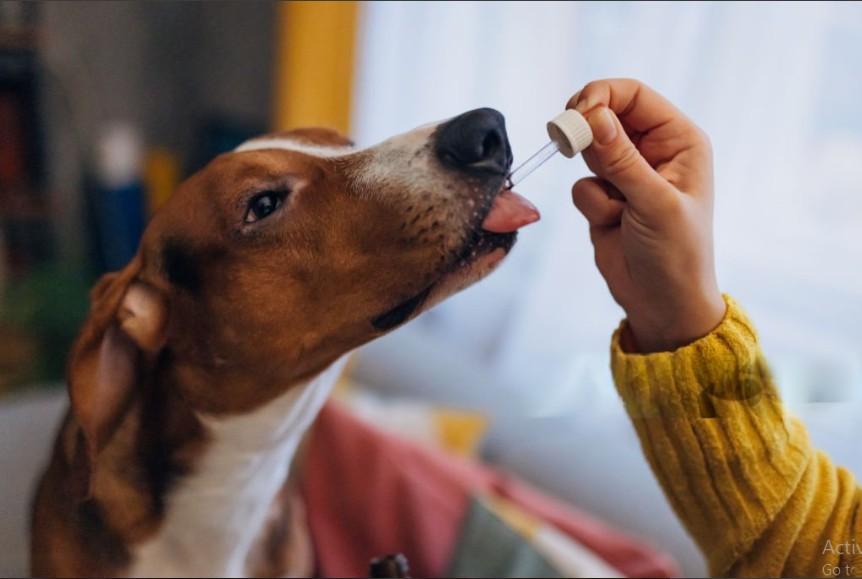
Even well-balanced homemade meals may miss specific vitamins or minerals. Consult your vet about:
- Multivitamin powder for dogs
- Calcium (especially if bones aren’t included)
- Taurine and L-carnitine (especially for heart health in large breeds)
💊 Supplements: Are They Necessary?
Even well-balanced homemade meals may miss specific vitamins or minerals. Consult your vet about:
- Multivitamin powder for dogs
- Calcium (especially if bones aren't included)
- Taurine and L-carnitine (especially for heart health in large breeds)
🐾 Signs Your Homemade Dog Diet Is Working
- Shiny coat
- Normal stools
- Healthy weight
- Increased energy
- No signs of allergies (itching, rashes)
What Do Vets Say?
Most veterinarians agree that homemade diets can be safe and healthy if done right.
Dr. Lisa Freeman, a veterinary nutritionist at Tufts University, says:
“Homemade diets require careful planning. Random recipes from the internet may lead to serious nutrient deficiencies.”
Instead, she recommends:
- Consulting a board-certified veterinary nutritionist
- Using recipes from trusted sources like BalanceIT or PetDiets.com
Tools and Resources
Online Calculators:
- BalanceIT.com – Free vet-formulated recipe tool
- Dog Food Advisor – Ingredient and product analysis
Recommended Books:
- Home-Prepared Dog & Cat Diets by Donald R. Strombeck
- Dr. Pitcairn’s Whole Dog and Cat Natural Health Guide
🐾 Frequently Asked Questions (FAQ)
- Work with a veterinary nutritionist
- Use vet-approved calculators like BalanceIT.com
- Include proper protein, carbs, fats, vitamins, and minerals
- Consider supplements like calcium, omega-3s, or multivitamins
- Recipes are balanced and rotated to avoid deficiencies
- Meals are portioned to your dog’s size/activity level
- Your vet approves the long-term plan
- Calcium (especially without bones)
- Essential fatty acids
- Vitamin D and E
- Use individual, pre-portioned containers
- Freeze up to 3 months
- Thaw overnight in the fridge (never at room temperature)
- Bacterial contamination (e.g., Salmonella, E. coli)
- Nutrient imbalance
- Choking hazards from bones
- Shiny, healthy coat
- Consistent, firm stools
- Good energy levels
- Steady, healthy weight
- BalanceIT – Free vet-approved recipe creator
- PetDiets.com – Custom diet consultations
- Cronometer – Nutrient tracker (with vet help)
- 1 cup cooked ground turkey
- ½ cup cooked brown rice
- ¼ cup steamed carrots
- ¼ cup peas
- 1 tsp fish oil
Final Thoughts
When adequately prepared and vet-approved, homemade dog food can be one of the healthiest choices you make for your furry friend; from controlling allergies to ensuring clean, nutritious ingredients, it offers peace of mind and improved quality of life.
But remember—it’s not just about love and good intentions. It’s about balance, planning, and professional guidance.
So before you grab your apron, talk to your vet, plan a few meals, and take the first step toward giving your pup a bowl full of health and happiness.

